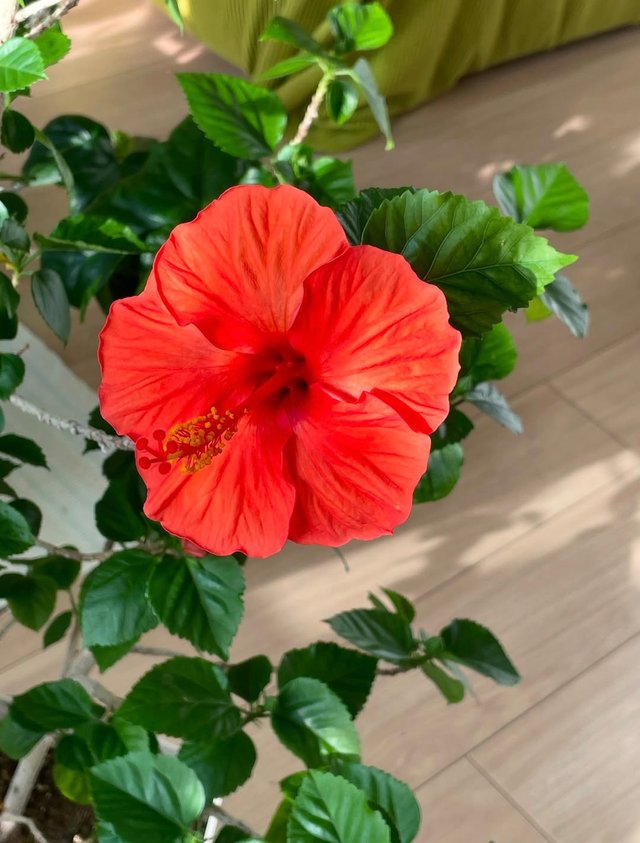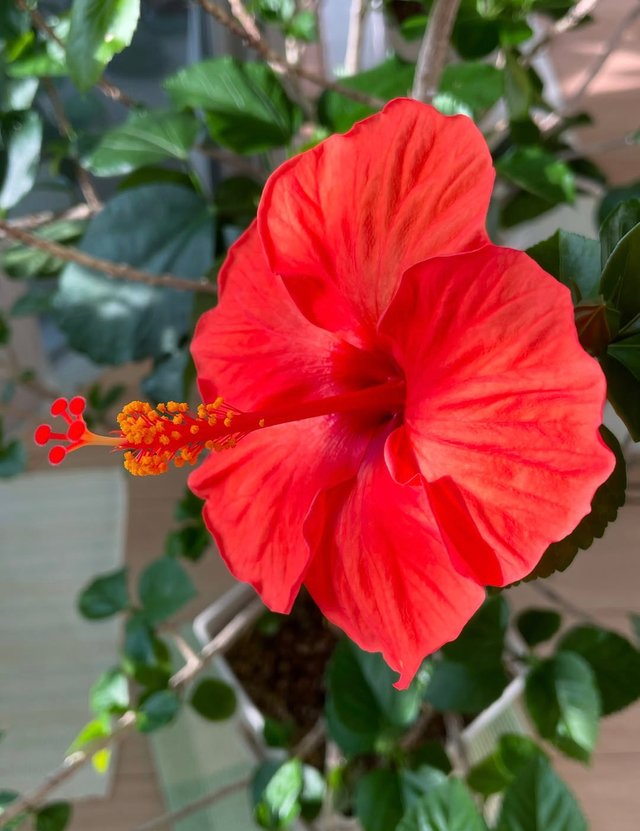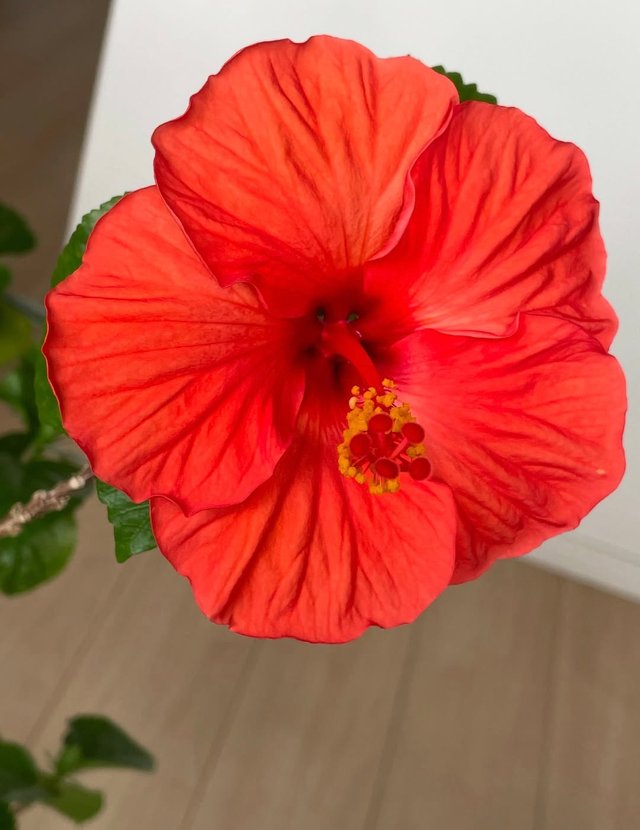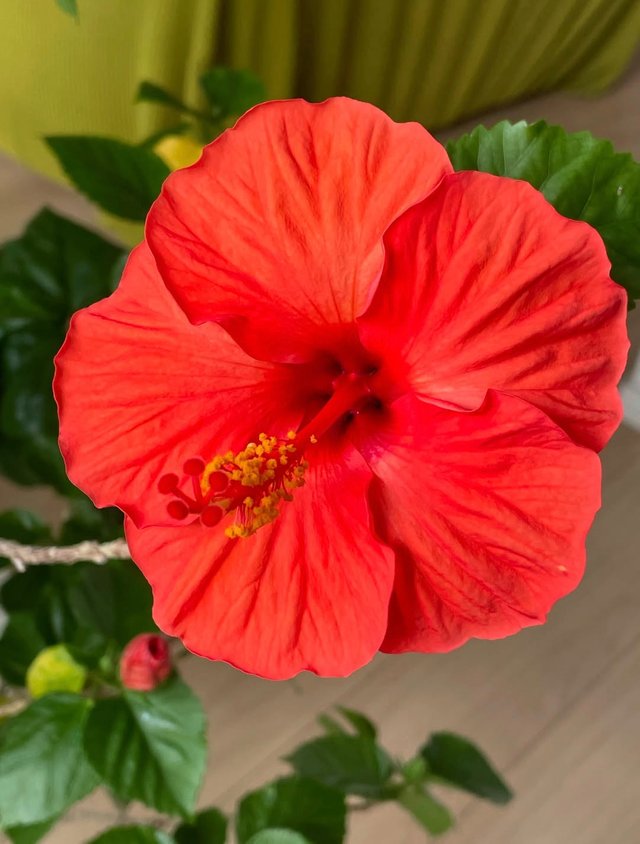Red Hibiscus Flower
The Red Hibiscus flower often called the China Rose, is more than just a beautiful bloom. With its vivid crimson petals and graceful form, this tropical flower is a symbol of beauty, passion, and cultural significance in many parts of the world. But beyond its aesthetic charm, the red hibiscus carries deep meaning in traditional medicine, folklore, religion, and even modern science.
The red hibiscus belongs to the Malvaceae family and is native to East Asia, although it is now cultivated worldwide in warm climates. It grows as a shrub or small tree, producing large, trumpet-shaped flowers with five or more petals that bloom almost year-round in tropical regions. The most striking feature of this flower is its deep red color and long, protruding stamen column, which adds to its exotic allure.In many cultures, red hibiscus is associated with love, passion, and romance. Just like red roses in the West, red hibiscus is given to express heartfelt emotions. In Hawaii, it’s often worn by women behind the ear to signify relationship status—behind the left ear means she is married or taken, behind the right means she is available.
In Hinduism, the red hibiscus is particularly sacred. It is commonly offered to Goddess Kali and Lord Ganesha during worship. The red color symbolizes the divine feminine energy and power (Shakti). In many households, hibiscus flowers are part of daily puja rituals, especially in Bengal and South India.The red hibiscus is a flower that commands attention—not just because of its bold color and shape, but because of the layers of meaning and utility it carries. Whether it's gracing a temple, healing the body, or fluttering in a breeze-filled garden, the red hibiscus stands as a vibrant symbol of nature’s power, beauty, and benevolence.




